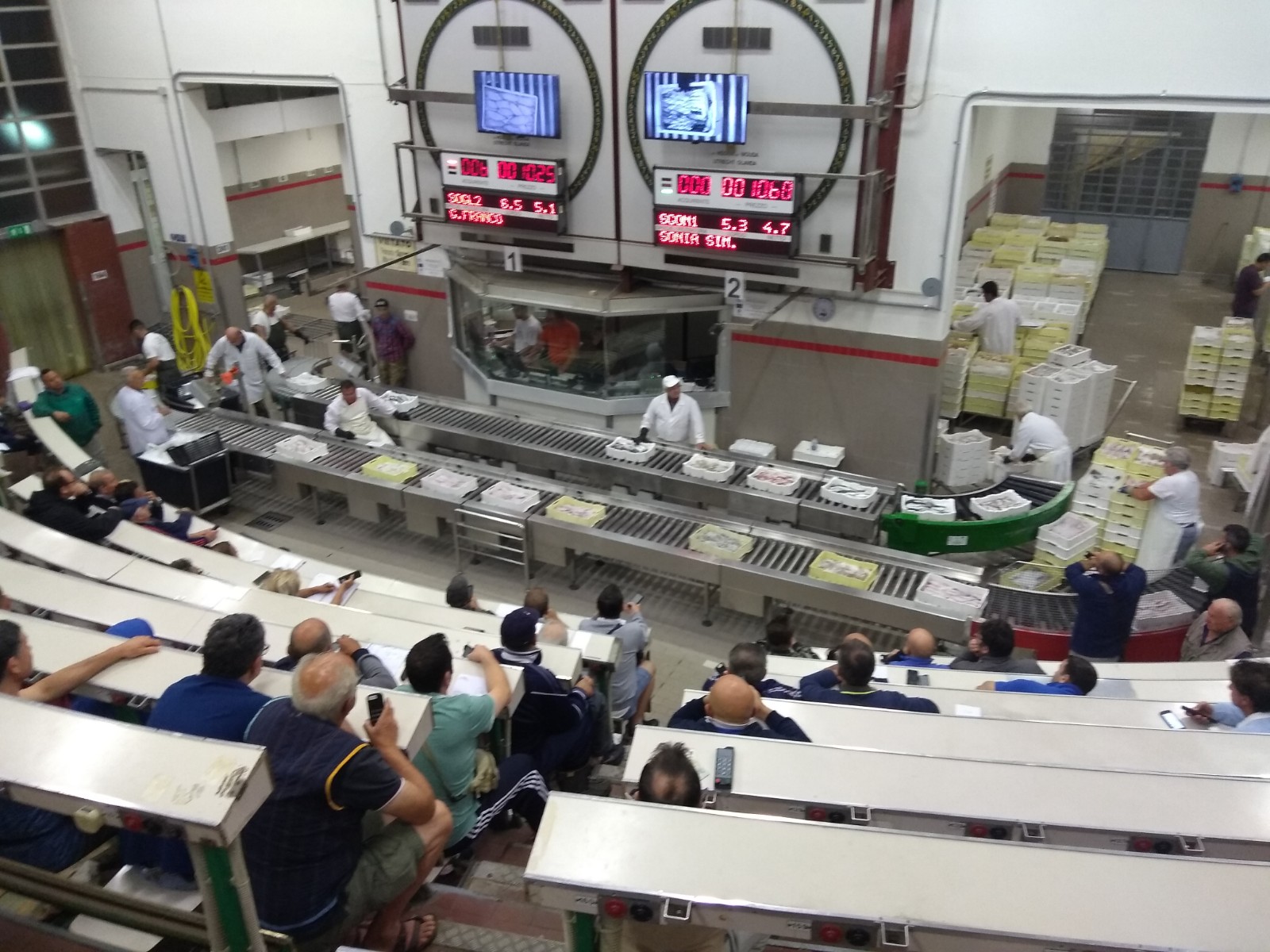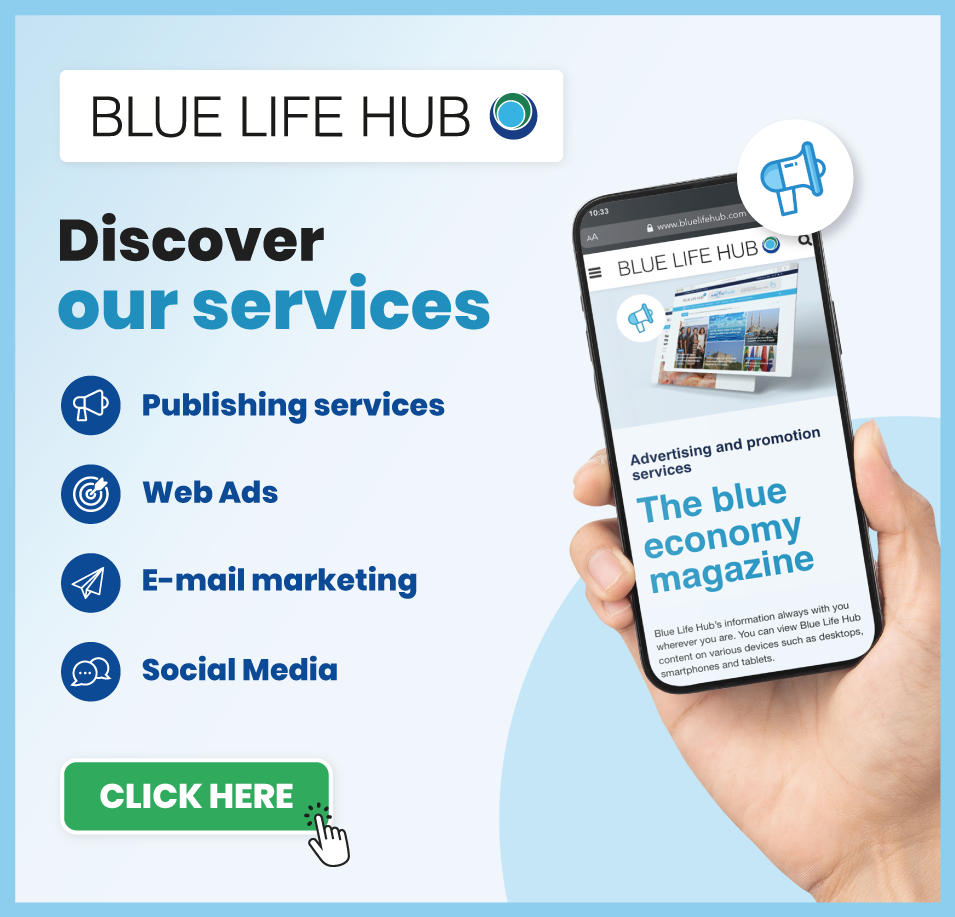First Sale Fishery Market and marketing – Part 3 – A specific marketing study before starting any project construction is needed, in order to be sure that it is located in the best possible place and with the best economic return for all the stakeholders
The first step in organising an economic enterprise such as First Sale Fishery Market FSFM is for one to know about marketing. The term ‘marketing’ refers to all activities that occur between production and consumption, including storage, trade, transportation, processing, and financial arrangements (commonly called post-harvest activities). A market study should therefore be sufficiently diverse to encompass all areas of potential relevance for a successful FSFM. This is essential if, in the future, FSFM enterprises are to take fully informed decisions to enable appropriate sector development, which is vital to the success of all fishery market enterprises.
Meeting fish supply availability and market demand efficiently and at a profit must be the objectives of the market management without considering the volume of the fish transaction. The main objective of the fishery marketing study should be to determine the current trends in the supply and demand for fish in the future new market areas. It is important to assess the impact of fish supply, especially the large fish volume and related markets.
At the core of FSFM management is the simple need to match the available fishery product supply with market demand in an efficient and profitable manner. To assist in this process the marketing study must determine:
• Fishery products availability in the specific area
• Current fishery supply chain trends (not all fishery products are sold through the FSFM)
• Future new market areas
• Supply projections (for high volume species such as demersal/large pelagic fish, shrimp and cuttlefish)
• Implications of aquaculture developments, and
• Implications of fishery developments in other close landing sites, ports and regions.
An appropriate market study must use a variety of methodologies and be drawn upon a wide range of data (national and international statistics, secondary sources, postal questionnaire, price surveys, and interviews with fishery business operators: producers, consumers, retailers, and wholesalers). The methodologies used must recognize and overcome the difficulties often associated with data capture in the fishery environment.
Collected data must clearly illustrate how the potential supply compares to projections of year-round market demand, and the ability of the market to meet this demand at an appropriate price. Ultimately, market managers will need this information to manipulate supply and related quality to match consumer/trader demand.
In third countries this role of data collection is for state organisations, cooperatives and their associations that often manage the markets and can easily have access to the available data for further manipulation. Any fishery future project will provide several workstations for the markets and related training for statistical purposes. If these very important conditions are satisfied, the success of the new FSFM will have a solid foundation.
Here’s there is a marketing plan focusing on the large-volume nature of First Sale Fishery Market, with emphasis on bulk sales, logistics, and auction efficiency.
Marketing Plan: Large-Volume First Sale Fishery Market
This marketing plan focuses on establishing a high-efficiency, large-volume First Sale Fishery Market located near a major landing site. The goal is to attract wholesalers, distributors, processors, and exporters through a streamlined auction system, efficient logistics, and strong market positioning, including the follow steps of analysis:
Industry Overview
• Global seafood demand is rising, with major markets prioritizing freshness, sustainability, and competitive pricing in the selected areas.
• First-sale markets provide the fastest route for fishers to sell their catch, offering cost-effective pricing to bulk buyers.
Target Market
• Traders, Buyers, Wholesalers & Distributors – The primary customers, reselling to supermarkets and restaurants.
• Processing Plants & Exporters – Buyers requiring bulk fish volumes for processing and international distribution.
• Supermarkets & Large Retail Chains – Seeking fresh, traceable seafood at scale.
• Restaurants & Catering Services – High-end buyers sourcing premium seafood.
• Aquaculture Feed Companies – Purchasing lower-grade fish for feed production.
Competitive Analysis
• Competitors: Supermarkets, private wholesale seafood suppliers, and online B2B seafood platforms.
• Market Advantage: Direct-from-boat supply, ensuring freshness, bulk availability, and competitive pricing.
Branding & Positioning Strategy
Brand Identity
• Name & Logo: Strong branding emphasizing large-scale, fresh, and direct sales.
• Slogan: “Bulk Freshness, Direct from the Ocean.”
• Sustainability Focus: Position the market as a hub for responsible and traceable seafood sales.
Unique Selling Proposition
• High-Volume, Direct Sales: Eliminates middlemen, offering the best prices for bulk buyers.
• Real-Time Auctions & Fixed Price Options: Competitive pricing based on supply and demand.
• Optimized Logistics: Cold storage and fast transportation to maintain product quality.
Digital & Online Marketing
• Real-Time Inventory Updates – Develop a website or app for live fish stock updates.
• B2B E-Commerce Platform – Enable bulk buyers to place pre-orders.
• SEO & Google Ads – Ensure visibility for searches like “bulk seafood supplier” or “wholesale fish market.”
• Social Media for Bulk Buyers – LinkedIn & WhatsApp groups for wholesalers; Facebook & Instagram for restaurant owners.
• Email & SMS Alerts – Notify buyers about daily auction schedules and premium lots.
Traditional Marketing & Buyer Engagement
• Direct Outreach & Trade Shows – Attend seafood expos to attract international buyers.
• On-Site Buyer Programs – VIP access for major buyers, offering priority purchases.
• Port & Market Signage – Clear directional and promotional banners around coastal areas.
• Cold Storage & Logistics Partnerships – Offer integrated transport solutions for bulk buyers.
Sales & Distribution Strategy
• Live Auctions – Buyers bid in real time based on catch availability.
• Fixed-Price Wholesale Sales – Pre-arranged contracts for consistent pricing.
• Pre-Order & Subscription Model – Securing regular buyers for long-term stability.
• Export-Focused Sales – Dedicated logistics for international buyers.
Logistics & Cold Chain Management
• Cold Storage Facilities: Ensure quality retention for bulk purchases.
• Dedicated Transport Hub: Fast delivery for major buyers.
• Third-Party Logistics Partnerships: Efficient nationwide/international distribution.
Pricing Strategy/Volume-Based Pricing
• Lower per-unit cost for larger orders to encourage bulk purchases.
• Dynamic Pricing Model based on supply, demand, and auction results.
Loyalty & Contract-Based Pricing
• Discounts for repeat buyers and large contracts.
• Special pricing for strategic partners (exporters, major supermarket chains).
Sustainability & Compliance
• Work with certified sustainable fisheries (e.g., MSC, ASC).
• Ensure traceability and legal compliance for all seafood sales.
• Promote eco-friendly fishing practices among fishers.
Key Performance Indicators (KPIs)
• Daily Auction Sales Volume: Tons of fish sold per day.
• Buyer Retention Rate: % of repeat buyers.
• Logistics Efficiency: Time from sale to delivery.
• Revenue Growth: Month-over-month sales increase.
• Sustainability Metrics: % of responsibly sourced seafood.
Roadmap & Implementation Plan
• Set Up a Digital Platform – Real-time stock updates, buyer registration, and auction tracking.
• Engage Bulk Buyers – Direct outreach to wholesalers, exporters, and large retailers.
• Improve Logistics Infrastructure – Ensure efficient transport and cold storage solutions.
• Launch Auction Events – Market test with key buyers before full-scale launch.
FSFM USERS
First Sale Fisher Market users and suppliers of the services must be identified. They can be either producers, individuals, or cooperative members or enterprises or state agencies or Public Private Partnerships, as they represent the core of the fishery market, and the structure must be made to work for them and their clients. Ultimately, the market users, who pay for the market services, agree on prices for services and comply with the market’s rules and regulation. Failure to recognise this essential relationship may compromise the ability of users to operate in a legal and profitable fashion.
The market commissioner, fishery business operators, boat owners, and fishery cooperatives are the main actors. Several services could be included like, for example, the ice machine. Depending on the market it is normal to rent office space, cold storage and the right to work in the market. Under the FSFM concept, users must be fully informed and comply with revised regulations.
A global concern for all markets is the accuracy of declarations of the quantity, quality and prices of fish traded. This is a problem which is common in any fish market, which must be addressed under the new regime. The adoption of sales notes will make an important contribution to accurate record keeping of price, quantity and quality for market statistics.
The new market manager must provide a detailed list of the market users with their characteristics, needs and requirements.
First Sale Fishery Market and marketing – Part 3









